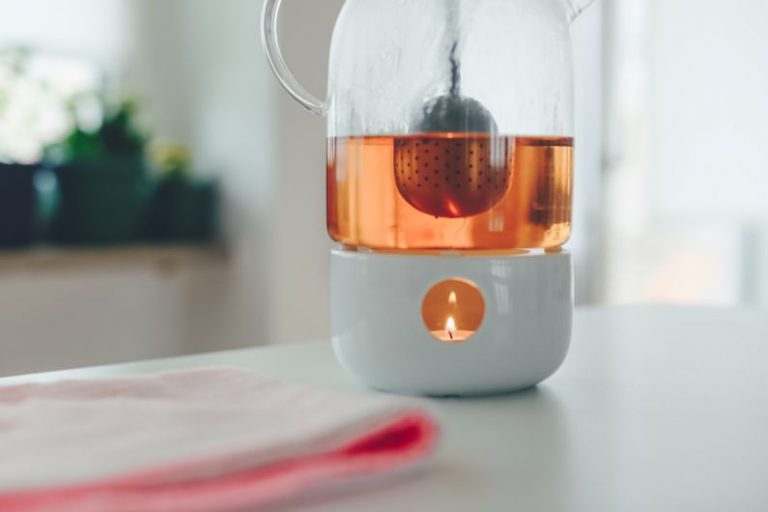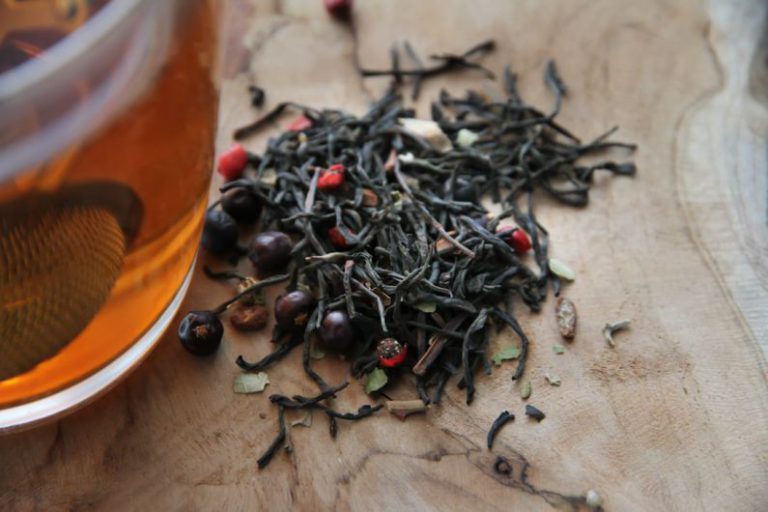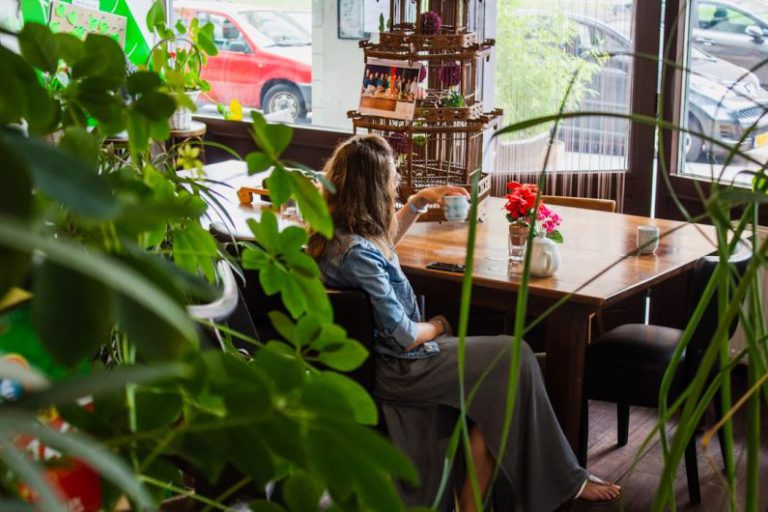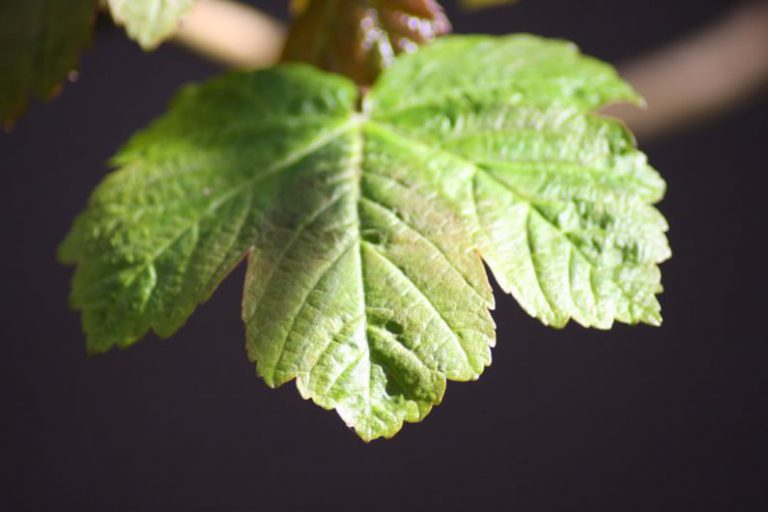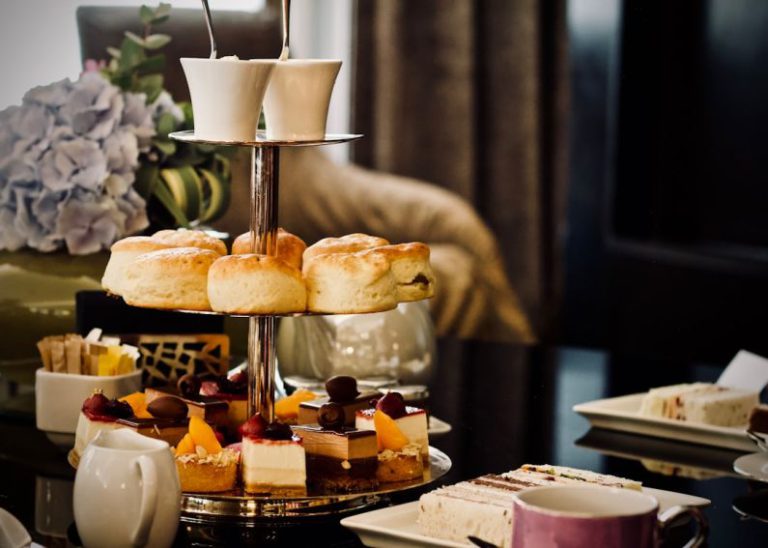The Science of Tea Brewing: Pt I – Green Tea
Brewing the Perfect Cup of Green Tea
For centuries, tea has been celebrated for its health benefits and calming effects. Among the various types of tea available, green tea stands out for its unique flavor profile and powerful antioxidants. Brewing the perfect cup of green tea requires precise techniques and an understanding of the science behind the process. In this article, we delve into the art of green tea brewing, exploring the key factors that influence the taste and health benefits of this beloved beverage.
Choosing the Right Green Tea Leaves
The first step in brewing a great cup of green tea is selecting high-quality tea leaves. Green tea comes in a variety of types, including sencha, matcha, and jasmine green tea, each offering a distinct flavor profile. When choosing green tea leaves, opt for loose-leaf varieties over tea bags, as they allow for better water circulation and infusion of flavors. Look for bright green leaves that are whole or slightly broken, as these indicate freshness and quality.
Water Temperature and Brewing Time
Green tea is delicate and can easily become bitter if brewed at too high a temperature or for too long. The optimal water temperature for brewing green tea is around 175°F (80°C) to 185°F (85°C). Boiling water should be allowed to cool for a few minutes before pouring it over the tea leaves to prevent scalding and preserve the tea’s delicate flavors. Steep the green tea for 1 to 3 minutes, depending on the type of green tea and your personal preference. Shorter steeping times will result in a lighter flavor, while longer steeping times will yield a stronger, more bitter taste.
Tea-to-Water Ratio
Achieving the perfect tea-to-water ratio is crucial for extracting the optimal flavor from green tea. A general rule of thumb is to use 1 teaspoon of green tea leaves for every 8 ounces of water. However, this ratio can be adjusted based on personal taste preferences. Experiment with different ratios to find the balance that suits your palate. Remember that using too many tea leaves can result in a bitter brew, while using too few may produce a weak and insipid cup of tea.
The Art of Steeping
Steeping green tea is a delicate process that requires attention to detail. To extract the full flavor of the tea leaves, it is essential to allow them to unfurl and release their essence gradually. Use a teapot or a mug with a built-in infuser to steep the tea leaves comfortably. Cover the vessel while steeping to retain heat and prevent the tea from cooling too quickly. Avoid stirring or squeezing the tea leaves, as this can release tannins and result in a bitter taste. Instead, gently agitate the leaves by swirling the vessel to encourage even extraction of flavors.
Enhancing the Flavor
Green tea can be enjoyed plain or with added ingredients to enhance its flavor profile. Common additions include honey, lemon, mint, or ginger, each of which imparts a unique twist to the tea. Experiment with different combinations to discover your favorite flavor pairings. Additionally, green tea can be enjoyed hot or cold, making it a versatile beverage for all seasons. Cold-brewed green tea offers a refreshing and milder taste compared to its hot-brewed counterpart, perfect for hot summer days.


